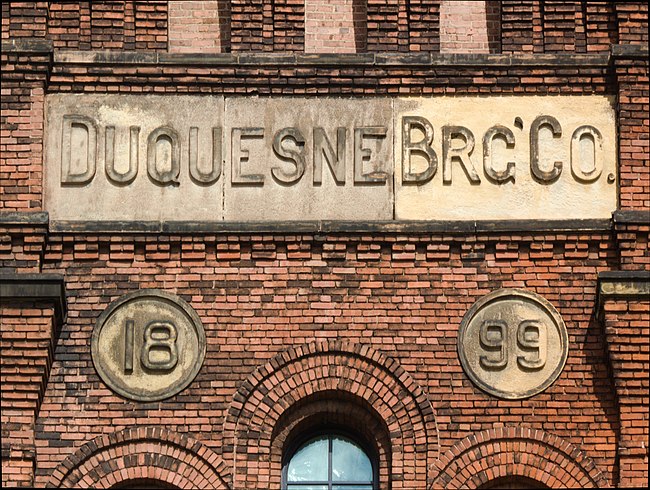

Fort Pitt was the biggest beer brand in Pennsylvania in 1952. Then there was a big brewery strike, which affected the big three in Pittsburgh—Fort Pitt, Duquesne, and Iron City. When the strike ended, Fort Pitt rushed to be the first back on the market by shipping the past-its-prime beer that had been sitting around in its warehouse. Drinkers could tell. People with functioning olfactory senses in the vicinity of the drinkers could tell. The famous slogan “Fort Pitt—That’s It” was passed around with a slurred sibilant, and the brand declined precipitously.

Pittsburghers of an older generation still have this slogan on their lips, using it to mean “I’m done with this.”
As you can see, the brewery still stands in Sharpsburg. Much of it has been turned into apartments; one of the buildings now houses the Hitchhiker Brewing Co.



The office is a fine example of late Art Deco.

The Blockhouse was an obvious choice for an emblem.














